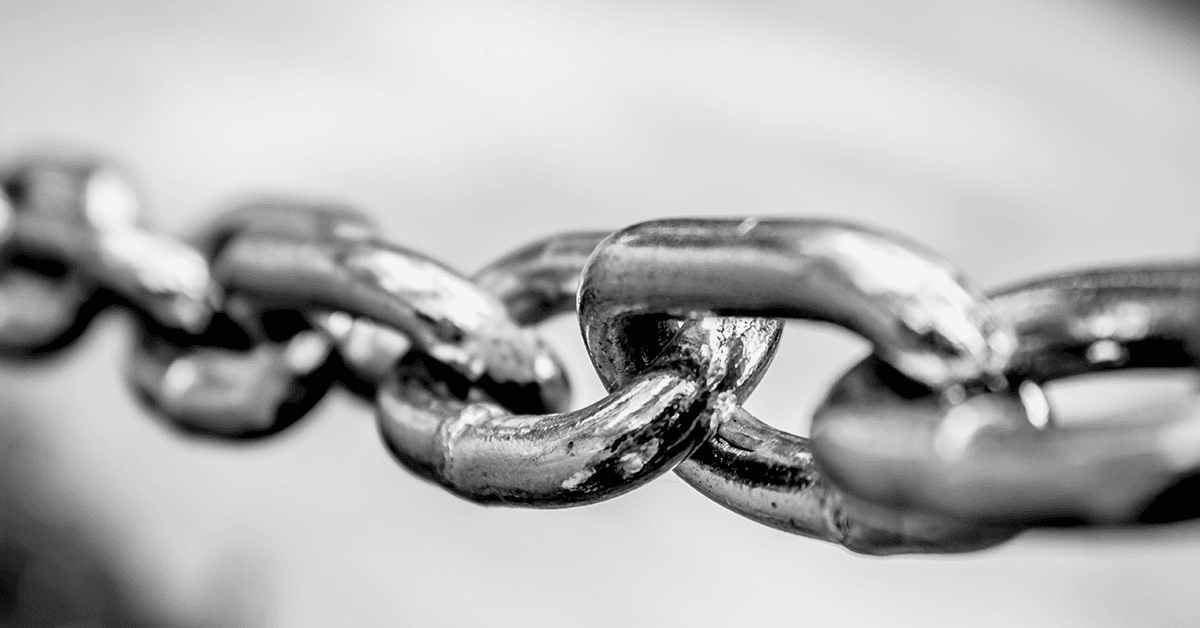Steel is extending service life for the taxi and private hire vehicles of the future
The average taxi and private hire vehicle will do significantly more mileage than a personal automotive over its service life. This means that taxi and private hire vehicles can expect their vehicles to have a lower serviceable life expectancy than a personal transport vehicle. It’s essential that vehicles designed for the ride hailing and ride sharing industry are durable and are designed to extend the usage life and to make repair and maintenance cost-effective and efficient.
We are using High-Strength and Advanced High-Strength Steel technology to design durability into the Steel E-Motive vehicle. Steel has a number of properties that make it the ideal material to extend the useful life of the vehicle and to make service and maintenance cost-effective and efficient.

What is vehicle durability and how is it tested?
Durability is the measure of the length of a vehicle’s lifespan. This includes how well it holds up to wear and tear and how easily the vehicle can be repaired and maintained if something goes wrong.
Vehicle durability tests subject the vehicle to the conditions and stresses that the vehicle will encounter during its operational lifespan. These include subjecting the vehicle to variations in loads and stresses. As well as testing the vehicle on various road characteristics and in different environmental conditions. It can also include for thermal shock, accelerated weathering and vibration testing.
The increased uptime required by taxis and private hire vehicles mean that these vehicles are under more stresses than the average personal vehicle on the road.
Why is vehicle durability important for taxi and private hire vehicles?
Vehicle durability and reliability are important for ride-hailing vehicles today for a number of reasons. The number of journeys that such a vehicle will make over its lifetime means that taxis and private hire vehicles are under more stresses than the average personal vehicle on the road.
As mobility-as-a-service vehicles become fully autonomous it will enable them to operate at all hours of the day. This means that we may see the need for ride hailing and ride sharing vehicles with useful lives of two to three times that of conventional vehicles. It is estimated that this level of utilization will place emphasis on developing vehicles with features that keep the vehicle in operational service for longer.
This will lead to a requirement for longer fleet uptime with a need for vehicles to be operational for as long as possible. However, when a breakdown does occur then easy and efficient maintenance and repair will be essential for getting those vehicles back on the road.
Additionally, structural durability is particularly important for vehicle safety in the event of an accident taking place. Passenger safety is paramount for any transportation service vehicle on our roads, but particularly for fully autonomous vehicles which will be in an environment where they will be operating alongside conventional vehicles.
Developing a durable steel structure for Steel E-Motive
The Steel E-Motive program is designing a fully autonomous mobility-as-a-service solution which is will be able to serve around the clock as a ride hailing or ride sharing service in peak times and can be configured for good delivery when there is less demand for public transport. Additionally, with our focus on safety, it’s essential that the Steel E-Motive vehicle design is durable and reliable.
WorldAutoSteel has significant historical data that supports the fact that steel contributes to extending vehicle service life, improving vehicle safety and reliability, and contributes to cost-effective maintenance and repair.
The use of galvanized steel in the body structure of the vehicle will contribute to a 15+ year vehicle lifespan. High-Strength and Advanced High-Strength Steels resist fatigue loading and cyclic failures which can affect alternative materials. In the event of a crash, steel has the ability to deform which is offset by its ability to be reconfigured through heating and body-shop repair practices, as well as its lower cost for part replacement.
Find out more about Advanced High-Strength Steels
Subscribe for updates
The Steel E-Motive vehicle concept is still in development. Sign up to be the first to hear about the latest developments from the program.
You might also be interested in
